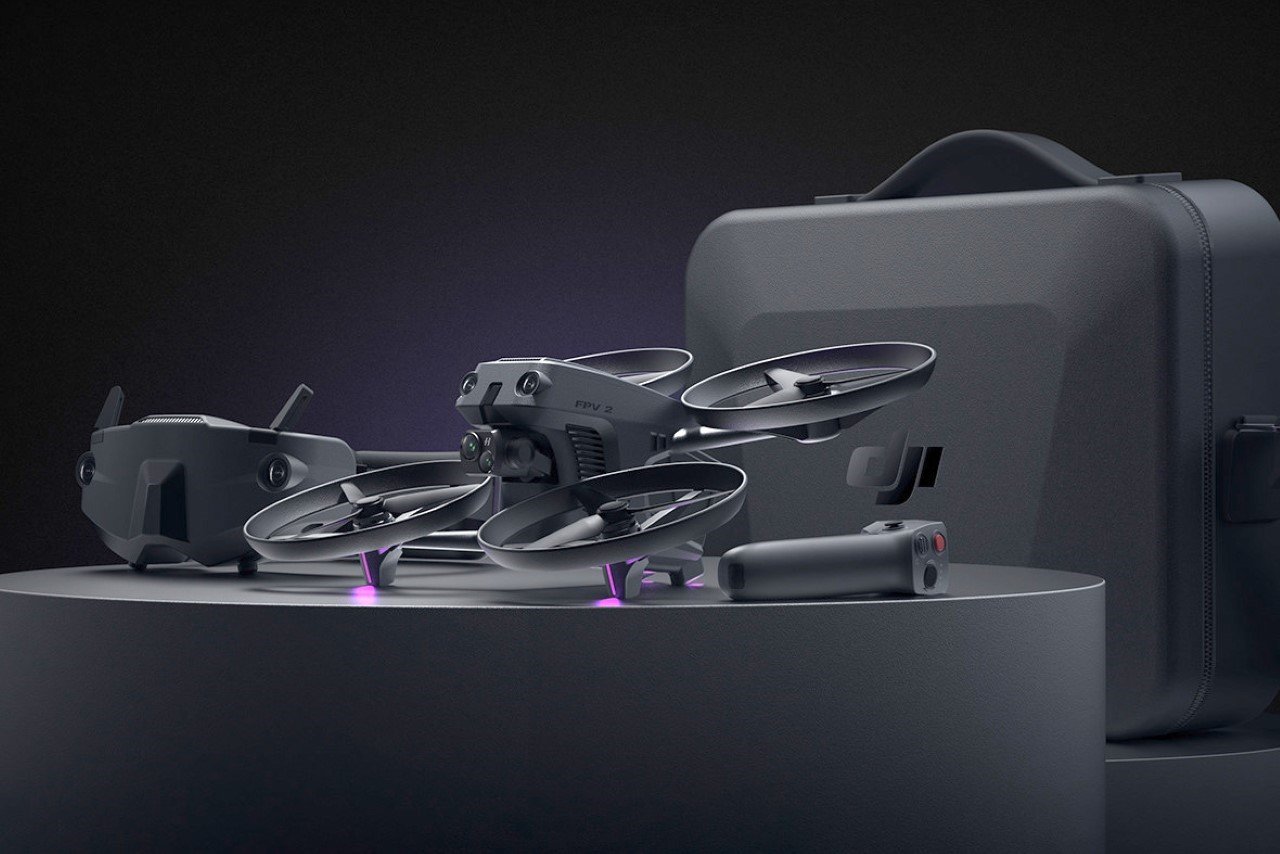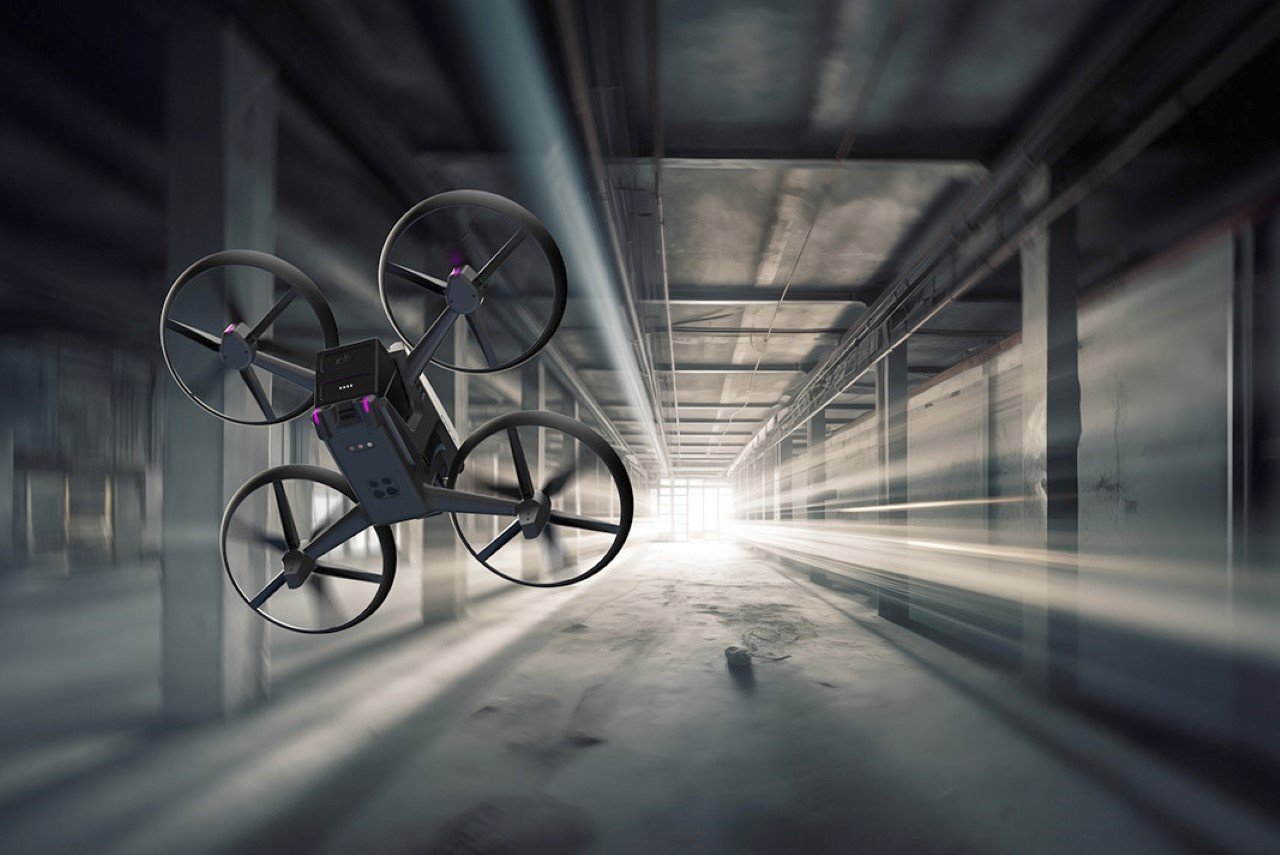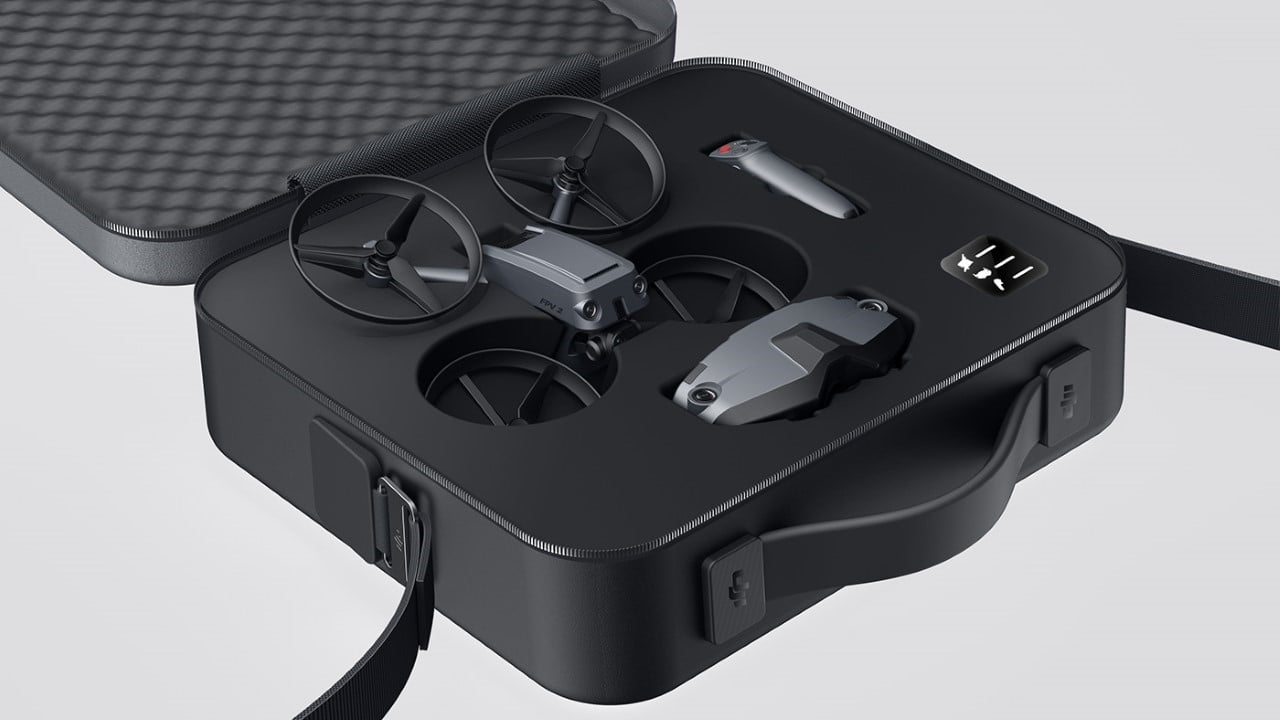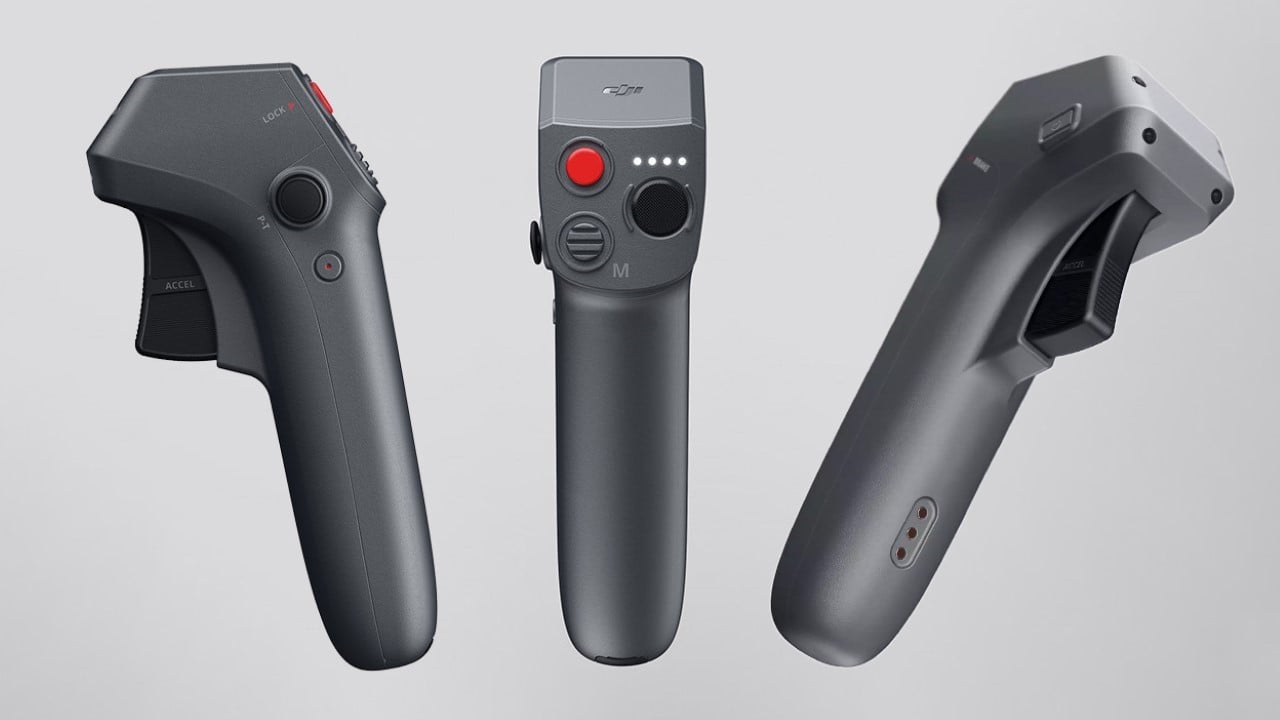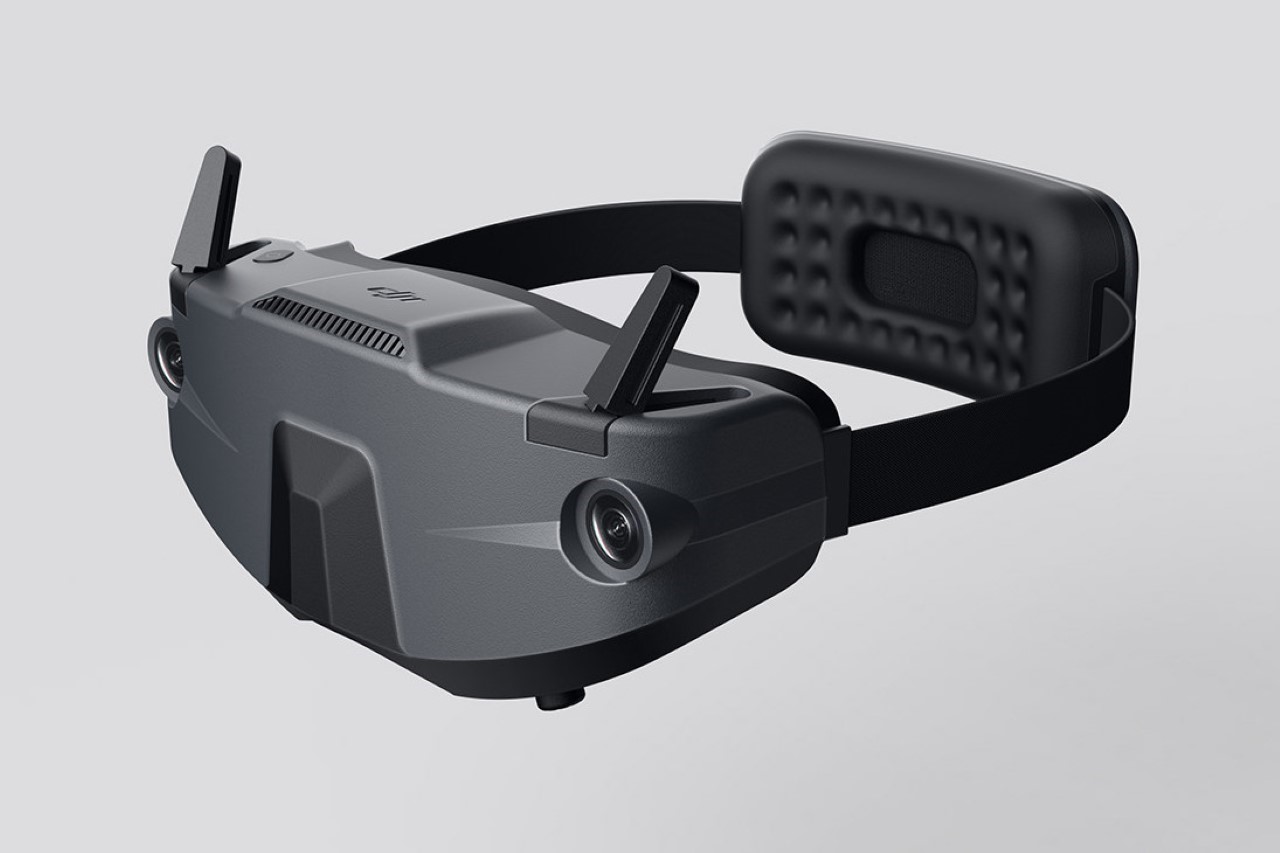- This topic is empty.
-
Topic
-
DJI, renowned for its groundbreaking aerial drones, unleashed the Avata last year, marking their inaugural foray into the world of ‘FPV’ racing drones. This move prompted designer Kim Seung-cheol to question the conventional separation of drones for aerial photography and first-person racing. Why not have a single drone excel at both? Addressing this challenge head-on, DJI proudly presents the FPV2, a pioneering ‘hybrid’ drone that defies expectations by seamlessly blending FPV racing prowess with stabilized aerial photo and videography capabilities. This feat is achieved through a meticulously crafted design that strategically amalgamates the best features from both realms.

The FPV2’s design isn’t a radical departure, but rather a masterful integration of subtle tweaks to its appearance and control system, unleashing the potential for rapid directional flight and controlled hovering for stable videography. Embracing a leaning propeller format ideal for FPV-style racing, the propellers are ingeniously slanted and diagonally positioned, creating a dynamic appearance as if the drone is perpetually leaning forward. This configuration provides a substantial advantage during races or when reaching high speeds. Conversely, for aerial photography and videography, the drone elegantly leans backward, aligning the propellers parallel to the ground, while a gimbal-mounted camera compensates for the change, ensuring optimal image stabilization.

As a significant upgrade from its Avata and Mini predecessors, the FPV2 features a cutting-edge dual-lens camera system powered by Hasselblad, a continuation of their successful collaboration on the Mavic 3. Resembling the Air 3 drone, the FPV2 boasts a dual-lens gimbal-mounted camera with omnidirectional capabilities, catering to various filming scenarios, subject focus, and high-speed racing. Additionally, multiple cameras strategically placed around its periphery enhance environmental tracking, obstacle avoidance, and route navigation.

A sizable, easily replaceable battery fuels the FPV2, facilitating quick module hot-swapping to minimize downtime for charging. The battery’s mass and rear location effectively counterbalance the drone’s forward-leaning stance, ensuring a raised back during forward flight, preventing any negative impact on course and performance.

Complementing the drone, Kim Seung Cheol designed a new set of MR goggles and a controller handle. The compact goggles, equipped with pass-through cameras and flip-out antennas, enhance signal reception, particularly during FPV racing. A cushioned headrest with an integrated battery ensures prolonged comfort during extended usage.
With the immersive MR headset experience in mind, the FPV2 includes a handheld control inspired by RC Motion 2, enabling intuitive drone maneuvering during flight. The single controller, equipped with a gyroscope for tilt detection, features a trigger for acceleration and a joystick for precise control. A prominent button allows seamless switching between racing and aerial modes.

The standout feature of the FPV2 is its multifunctional case, doubling as a substantial battery pack for the drone, controller, and MR headset. Resembling an oversized and enhanced version of TWS earbud charging cases, it not only securely houses your gear but also charges the devices while providing a convenient battery status indicator.

DJI’s FPV2 challenges the status quo, proposing a harmonious blend of FPV racing and content creation capabilities within a single drone. As technology continues to evolve, the FPV2 stands as a testament to the possibilities of pushing the boundaries and reshaping expectations in the realm of consumer/professional-grade UAVs. While the company remains tight-lipped about the potential launch of a Gen-2 Avata FPV drone, enthusiasts eagerly anticipate DJI’s next move in the ever-evolving world of racing drones.
- You must be logged in to reply to this topic.
